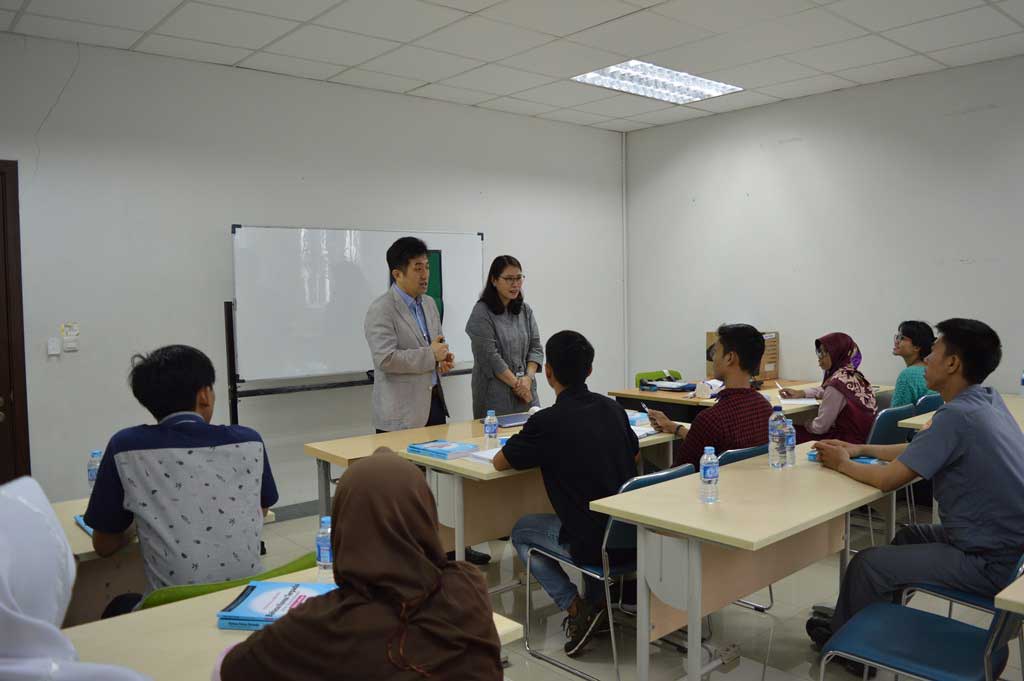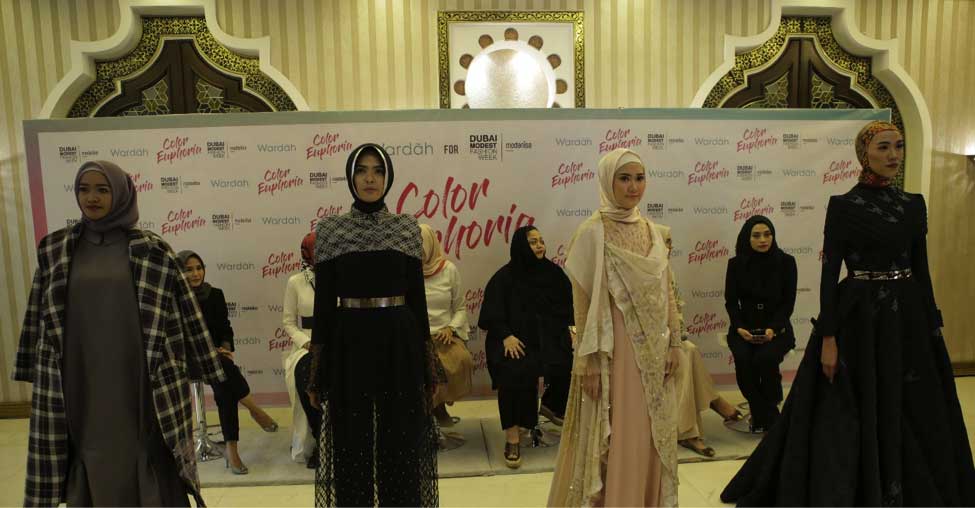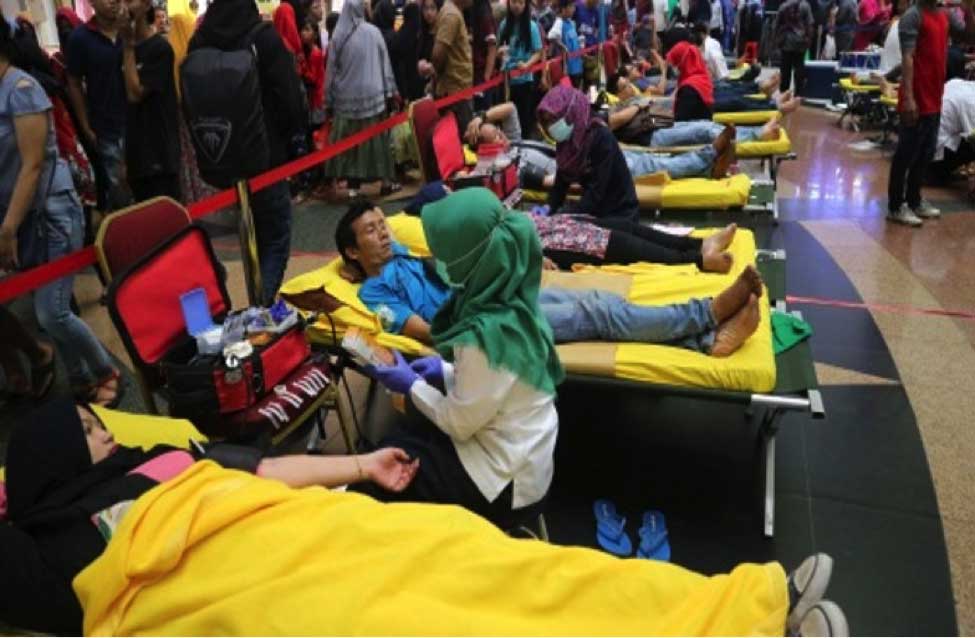By: Upik Rubiyanti – Creative Group Head of Fortune PR
The creative concept helps define the very core of your campaign message. It serves as a foundation for your campaign content, and summarize the major themes to be communicated to your target audience. It also shapes your audience’s emotion and response towards the campaign message.
As a PR professional, a strong research data is needed to develop a creative concept. After that, you can start developing a problem statement, a key message, and a clear objective. You and your team will brainstorm based on the creative brief given by your client and the communication strategy.
But how do you develop a creative concept step by step?
- Findings & insights
Try your best not to assume everything. You must ensure that the creative concept development process is based on research, supported by a strong understanding of the situation, the audience, the communication channels that will be used, as well as the objectives and goals. Conduct a research about the campaign that you are about to do, and try to find various insights from your target audience. By doing this, your concept will be true and based on real facts. You can use various data collection methods, such as surveys, in-depth interviews, and focus group discussion to find out the main problem and the benefit of the product or service for the audience. You must make sure that from this research, your data can help you form your campaign objective.
- Define the problem
After you gain all the data from your target audience, develop a problem statement. Reflect also from the creative brief given by your client and the communication strategy. A problem statement should consist of a few questions, such as what is the communication challenge that need to be addressed? Why is this campaign needed? Who is having the problem? And what will the audience do as a result of the campaign? Later, the concept and ideas that we formed must answer all these questions.
- Brainstorm the concept!
Now we get to the fun part! When brainstorming ideas, invite members from a variety of backgrounds to generate more diverse concepts. State clearly the objectives and the expected outcomes before starting the brainstorming session. Make sure you lead your team’s discussion so the ideas do not run off the track. It is important to listen to every single idea, no matter how weird and crazy it is! Find as many ideas as possible, and note that no idea is bad at this stage, as long as it is in line with the brief and can answer the campaign objectives.
- Individual idea generation
After brainstorming, give everyone time to think on their own. Using the approved big concept from the brainstorming session, each person from the team must come up with their own unique and more specific concept. Each person can draw, write, and express their ideas in a fun way. Afterward, each person should present their ideas and openly discuss their ideas in front of everyone.
- Idea selection
Review all individual ideas and select three best ideas. When doing this, make sure that you and your team evaluate a few aspects such as; is the idea appropriate? Does it suits the communication objectives? Is it fresh and outside the box? How can this idea work throughout the campaign?
- Consider the feasibility
After evaluating the selected top three ideas, ensure the ideas are feasible to execute. You should match your ideas with your budget and timeline. You should ask your team members a few questions such as; will this idea work for the campaign? Can it be implemented to multiple channels? Will it be interesting?
- Ideas execution
Now, you are making the concept into a visible work! In this stage, you and your team will start to develop a concept board, the headlines, taglines, and visual aspects.
Developing creative concept is important because the same message, communicated to different types of audience, will need different types of approach. Let’s say if your campaign message is about the benefits of savings, and the campaign objective is to encourage people to save money. You will need a different creative approach when delivering the message to adults, teenagers, and kids. A creative concept serves as a tool to deliver the campaign message effectively, based on the types of audience.
Developing a creative concept also allows PR professionals to see how the campaign will work or not across different media channels, test out whether the creative concept will be appealing to the audience or not, and able to reach the target audience effectively by finding ideas that are relatable and emotionally moving.










Leave a Reply